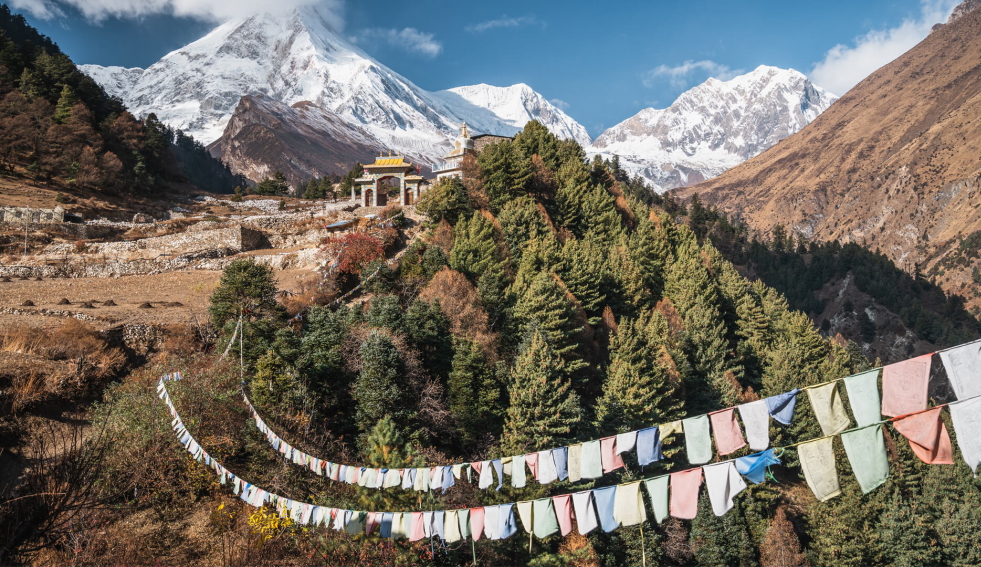Problems Related to Trek in Nepal

If you are planning to trek in Nepal then I want to tell you about the problems of trekkers. This guide is all about the situation that trekkers face during trekking so that they make suitable preparation before going on the treks.
Before addressing the problem directly I want to add that trek is the most suitable physical activity to spend your holidays. It will make your holidays better meanwhile it improves your health and makes you fit.
Now moving towards the problem trekkers will face while trekking. The main purpose to write this article is that trekkers get an idea of the situation and difficulties they will face during their journey.
Blisters on Feet and Hand
The most common problem for trekkers is the blister on their feet and hands. The most common reason behind the blisters on the foot is the friction that is created between the shoes and the skin of the foot.
Furthermore, wearing shoes for a longer duration creates moisture, the pressure inside the shoes and provides favourable conditions for friction and blisters. Ultimately it becomes the reason behind the blister happens.
Additionally, the wrong thing that a person does to blister is trying to pop it. The popping of the blister is the reason behind the infection of the skin. The thing you can do to avoid blisters is to wear shoes that are exactly made for your feet. The shoes should not be loose or tightened much.
Additionally, try to take a little break after walking for three to four hours. If you follow this direction there is a high chance the blister will not happen.
Skin Allergy/infection, Cuts, Graze and Chafing
Another common problem of trekkers is Chafing. The chafing makes the Trekking very painful and uncomfortable. Chafing is basically some type of rash on different body parts. The chafing happens due to continuous rubbing of the clothes with the skin.
The most affected areas of chafing are under the arm, thighs and under knees. The best way to avoid chafing is that trekkers should wear clothes that prevent friction between the fabrics and skin and the fabrics of clothes should be very soft.
To avoid cuts and bruises try to hold things carefully. Let me tell you cuts and bruises can not be minimal cut while trekking. So I recommend you to hold a small first aid kit in your bag. Instantly to first aid the cut. If you do not do so then there is a high chance of infection and making your trekking worse.
Lower Limb Injuries and Pain
Some of the trekkers may also face lower limb injuries and pain while trekking. The reason behind the lower limb pain of trekkers is unfitness. Some trekkers are not fit or they may have some problem in their lower limbs ultimately they will face pain.
Furthermore, another reason for lower limb pain is continuous walking on harsh terrain. The continuous pressure and stress on joints, bones and tissues can be the reason for lower limb pain.
While climbing up and down the mountain there are high chances that the trekker may slip and fall. The trekkers mostly fall on the lower limb ultimately mostly injuries come on the lower limb.
Back, Shoulder and Neck Pain
Another common situation that trekkers encounter is back, shoulder and neck pain. The main reason behind this pain is the weight of the pack that a trekker carries throughout the trekking journey.
Carrying more weight o your spine makes your postural muscles bad and is the reason for pain in the spine. To avoid this terrible spine pain make sure the bag you are caring is perfectly attached to the strips and there should be the right tension between them.
Final Words
There are a lot more problems in trekking, so make yourself fit first then start your trekking. In expert, the recommendation does not go for a trek if you are not fit.






